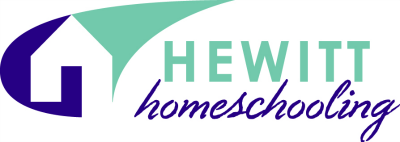 I love to read. I always have. It still bothers me that my older children don't really enjoy reading and don't have a love of literature. One of the main reasons I wanted to homeschool our younger children is because of the struggles my older children had in reading and reading comprehension while going through the public school system. I desire to instill a love of great literature in my little ones. That is why I was thrilled when we were given the opportunity through the Schoolhouse Review Crew to use Lightning Literature and Composition from Hewitt Homeschooling.
I love to read. I always have. It still bothers me that my older children don't really enjoy reading and don't have a love of literature. One of the main reasons I wanted to homeschool our younger children is because of the struggles my older children had in reading and reading comprehension while going through the public school system. I desire to instill a love of great literature in my little ones. That is why I was thrilled when we were given the opportunity through the Schoolhouse Review Crew to use Lightning Literature and Composition from Hewitt Homeschooling.
To be honest, I had never heard of Hewitt Homeschooling before, though I understand they are well known in homeschooling circles. I was intrigued when I stopped by their site while researching our choices for the review crew and saw this banner across the page:
I greatly desire for my children to be strong readers and writers because this will help them succeed in all aspects of their life.. Hewitt Homeschooling has many selections for Junior and Senior High in their Lightning Literature and Composition curriculum. However, they have only just recently begun creating materials for the elementary grades. Currently Grade 1 is available. We have been using the Lightning Literature and Composition: Grade 1 Student Workbook with the Lightning Literature and Composition: Grade 1 Teacher's Guide written by Elizabeth Kamath.

The idea behind Lightning Literature and Composition is to read quality literature and discuss the books along with learning other language arts concepts, including grammar and mechanics, and composition while improving communication skills. In 1st Grade we are using a variety of picture books, each of which will be read at least twice a week as we go through the lessons. These books are not included, but we found them easy to get a hold of (in fact, we own the first 4 books). In addition to the picture books needed for each week, a copy of Aesop's Fables is recommended.
The lessons are laid out in the Teacher's Guide. This 314 page book contains a section instructing the teacher, the 36 weekly lessons, plus there is a handwriting guide and pages of lined paper in different sizes that may be photocopied to be used for the compositions. The Student Workbook has 441 pages of lesson pages, plus the dictionary pages in the back. The pages are perforated and have been three-hole-punched to allow the parent to take a lesson out at a time and put it in a binder or folder if desired.
Here is a quick look at the Teacher Guide. Each week follows the same structure, starting with a Week at a Glance page.
The weekly lessons are then broken down into three parts, Literature, Grammar and Mechanics, and Composition.
Literature:
The parent or the child reads the book at least twice a week, depending on the child's reading ability. After the book is read (or during the reading) comprehension questions are asked on both Monday and Wednesday. The author stresses that a parent should use these questions as a way to improve the child's comprehension, not as a test at this age. On Tuesdays we have narration day where the child is to retell the story to the parent and then discuss the book looking at certain literary elements (Story, Character, Setting, External Details, Internal Details and Conflict). The final assignment for Literature comes on Thursday. On this day we are to read an assigned Aesop's fable.
Grammar and Mechanics:
There are lessons on Mondays, Tuesdays, and Thursdays on such subjects as grammar, punctuation, capitalization, parts of speech, and sentence diagramming. The Teacher's Guide tells the parent what the student is to be doing, plus provides the answers. Explanations of what is to be done, along with the occasional example, is then found in the Student Workbook. These lessons link back to the story whenever the author was able to accomplish that goal. For example, the lesson on Tuesday of Week 1 is to underline the words in a paragraph that should start with a capital letter. The paragraph ties into the book as it focuses on a few of the writings of the author, Crockett Johnson.
Composition:
The last aspect of this curriculum can be written by the child or dictated by the child. An assignment is given in the Teacher Guide and each day the child works on a little bit at a time. On Mondays the parent and child are to come up with the topic the child wants to write about. Tuesday is the day to write down a few sentences about the topic being written about. On Wednesday, the rough draft is worked on. Finally, on Thursday, the final draft is written.
There are also some optional assignments to complete:
Reading Journal Pages are a way for the child to respond to the book. The child is to write a summary of the book, what they think of the book, and their favorite line from the book. These pages can be found in the weekly lesson in the Student Workbook.
Dictionary Pages are used to help build vocabulary. These pages are located in the back of the Student Workbook and are used by the student. The child is to choose 5-10 words from the story or from daily life, preferably words that are new to the child.
Alphabet and Sentence Pages are also included in the lesson each week. The child is either going to be creating a list of words for a topic related to the week's story for all the letters of the alphabet, or the child will be putting a sentence related to the story back in order.
Aesop's Fables: As mentioned above, the Aesop's fable is the literary selection for Thursday. The fable assigned is not related to the story, but the author included them because she feels they are "an excellent introduction to classic literature." That said, they are optional.
Extending the Lesson: This section was included for children who may be wanting more or who may be more advanced and needing more. These suggestions relate to various subjects.
How did we use Lightning Literature & Composition?
I started out by reading through the "How to Use this Teacher's Guide" section. It is quite informative and tells you how to teach each lesson. After describing each section, it gives step-by-step examples on what the lessons will look like each week.
When we start reading the story, I try to include all the children, though the main lessons were completed by Amelia who is going into first grade this fall. Tabitha joined us for the comprehension questions and narration as I was the one writing the answers down in my notebook.
The first day I read the story, I would gather the children all together on the couch or on the floor in the living room, our preferred reading spots. I always read the story this first time. In order to include the younger children, I have been using ideas out of a book I found at a yard sale called Picture Book Activities by Trish Kuffner. This book is geared for use with preschoolers and has been a great complementary resource for a couple of the stories. Yes, the Lightning Literature curriculum has ideas for extending the lesson, but those ideas are geared for the 1st-2nd grade student who is using the curriculum. I love being able to include all the children when possible, so even though I couldn't find ideas that worked for each book we've read so far, I have been happy to include the younger children when possible.
We have made line pictures to go with Harold and the Purple Crayon.
We made a bouquet of flowers out of cupcake papers to give to daddy.
At some point during the week, I also try to include some food related to the story. We have made Chocolate Pudding Pie as our Kids and a Mom in the Kitchen to go with Harold and the Purple Crayon as there is a scene in the book where Harold has a picnic of nine pies.
I gave the children a Madeline/France Muffin Tin.
We also made crepes to go with Madeline.
Unfortunately, I was unable to come up with an idea to go with The Snowy Day or Caps for Sale.
In the afternoons we pull out the Lightning Literature books again to get into the meat of the curriculum as it is meant to be used. Amelia and sometimes Tabitha will work on the lessons, though Amelia is the only one using the Student Workbook.
On Mondays we answer the first set of comprehension questions as I write the answers the girls give me in my notebook. We then brainstorm ideas to go with the composition for the week. I also write these ideas in my notebook. Tabitha is then free to go do other work or play while Amelia completes her Grammar lesson for the day. So far she has been learning about using capitals, periods and exclamation points.

On the next day, it is time to discuss the book. I write down what Amelia (and sometimes Tabitha) narrates to me from what she remembers of the book. We also discuss the different aspects of the book: story, character, setting, external details, internal details, and conflict. There is another grammar/mechanics lesson to reinforce what was learned the first day. Then we come up with some specifics to write about for the composition. The Reading Journal pages are also to be completed on Tuesday. Sometimes these are pages that get done later in the week if we run out of time. We work on coming up with a 1-2 sentence summary of the book together. I again write this in my notebook. Amelia then copies it into her Student Workbook page.
Next she is to tell me what she thinks of the story. I write this in her workbook for her as she tells me what to write. Finally, she picks her favorite sentence from the book and copies it into her workbook.
On the third day, we read the book again and answer more comprehension questions. These questions are not straight, literal questions regarding details of the stories. These dig deeper by having the child infer and evaluate by asking how and why, along with asking for the child's own experience. In the workbook Amelia is to complete the Alphabet or Sentence Puzzle page mentioned above. We also work on the rough draft of the composition. As the girls tell me what to write, I again write it in my notebook.
On the fourth day Amelia has one more grammar/mechanics page to complete, again reinforcing the lesson learned on Monday. I then have her copy her composition onto lined paper I have printed out. When she is done, she illustrates it.
I store the completed compositions in a folder. When we complete the curriculum I plan on making a book out of them for her to keep. I asked her to pick her favorite to share with you.
The assignment was to write something and then draw a picture to illustrate it, just like Harold did in Harold and the Purple Crayon. She chose the topic "cats" and decided to write a story of what her pretend pet cat would do.
I figured that helping Amelia with some of the preliminary writing and letting her concentrate on writing the final draft helped her concentrate on focusing her thoughts and the neatness of her handwriting without tiring her from too much writing.
I love the way this curriculum is laid out. It is explained well for the parent and easy to teach to the child. The Teacher Guide leads the parent without being too scripted. The workbook pages have the larger font for the child to read easily. The assignments are varied which makes for fun learning experiences every week while learning important aspects of literature. I love digging deeper into the stories and having the grammar/mechanics lessons based off them.
Amelia likes the sentence puzzles. She likes that there is a maze for the sentence puzzle for Caps for Sale. She does prefer that mommy does the writing for some of the lessons. I am glad that the author has made it clear that the parent can decide how much of the writing the child is responsible for.
The Lightning Literature & Composition Grade 1 Teacher's Guide is $29.95. This can be reused for other children.
The Lightning Literature & Composition Grade 1 Student Workbook is $49.95 and is consumable, meaning the child will use the pages and another workbook will have to be purchased for additional children.
This Grade 1 Curriculum is appropriate for children in first grade and can also be used for beginners in second grade. The Grade 2 curriculum is coming out soon and Grade 3 is in the works. They have plans on working on one grade per year through 6th Grade, which thrilled me, because that means they will always be one year ahead of where we are as I would love to continue using this with my children.
You can find Hewitt Homeschooling on Facebook, Twitter, Pinterest, Google+, and on their blog.






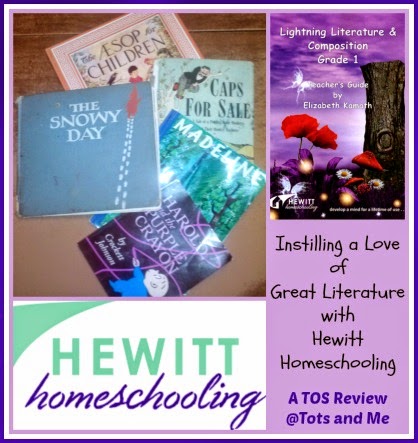








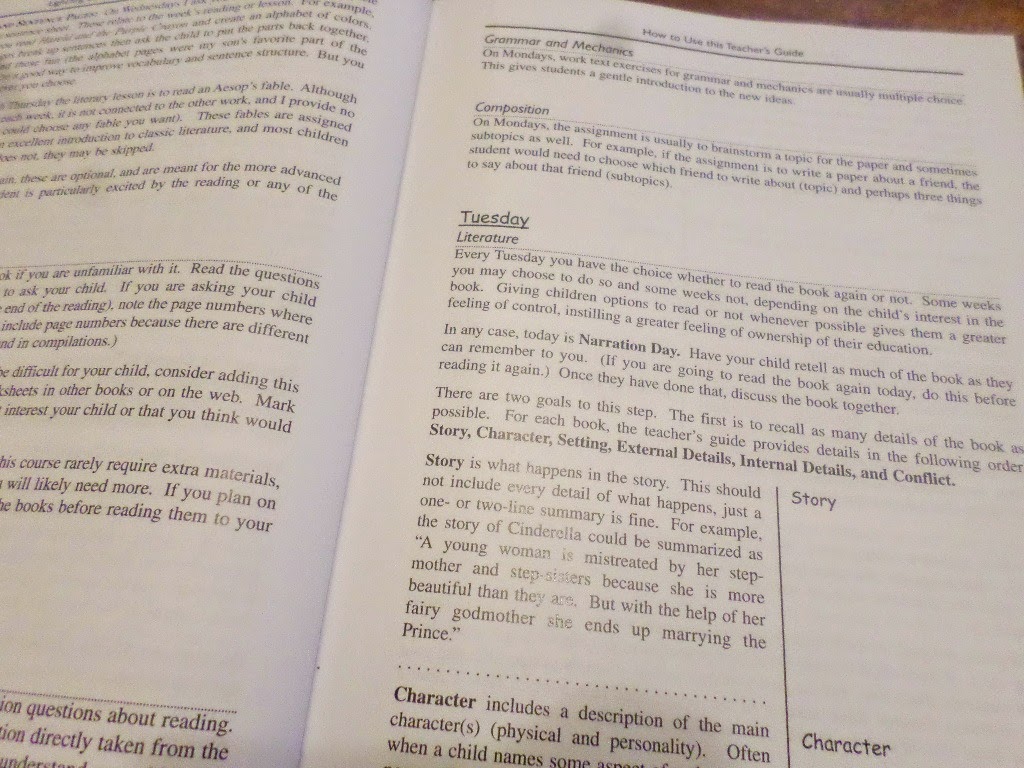















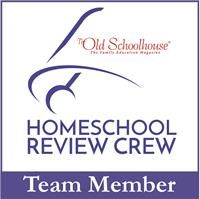
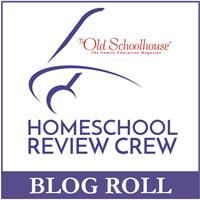














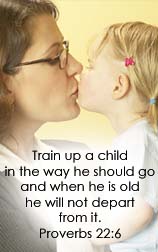



![[PREMIO2009.png]](https://blogger.googleusercontent.com/img/b/R29vZ2xl/AVvXsEjXD_Gx-wZ9EM5hXKrEYLksEBkYfRQtmb8VDVTDG_yyLggQoFIstZsh4zszdG20KqErZicRzEhiNYLty7j3IMXJYsABqkXjr8pp-ncj71xCbpxlXGbGpZq2fTuDQqq1RMKV4DPcDBnBViA/s1600/PREMIO2009.png)
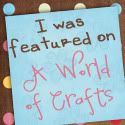
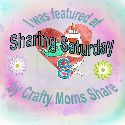


I have never heard of this before.. but my kids go to public schools so we really never looked into homeschooling.. I wish my kids would read more, but they just do not like it..
ReplyDeleteThis sounds like a very comprehensive "literature" program which enhances learning of most everything. Even parents who do not home school would probably find this a good way to help their children at home if they are having a bit of a problem in any of the areas specified--
ReplyDeleteThese are great resources to promote literacy. It's also great practice for kids during the summer.
ReplyDeleteLoved your post and your ideas.. BOY you must have spend a lot of time typing all this up and then you still teach the little ones.. I admire you.. Sure sounds like a great program and I bet your little ones love it. The pie looks yummy... Thanks for sharing, always love coming over here.
ReplyDelete